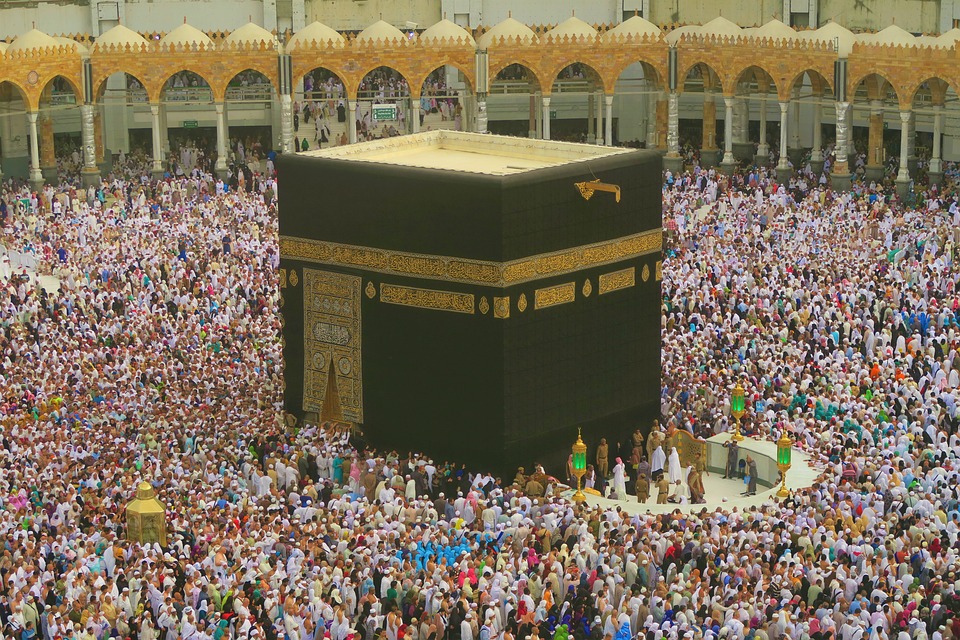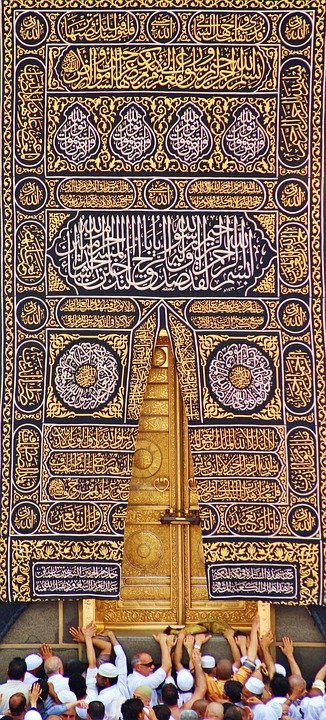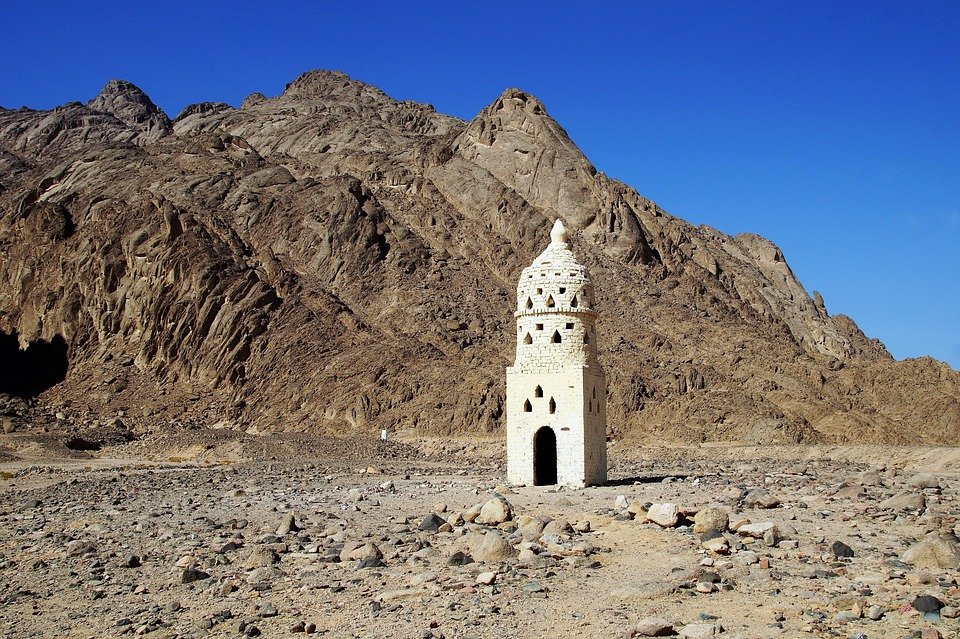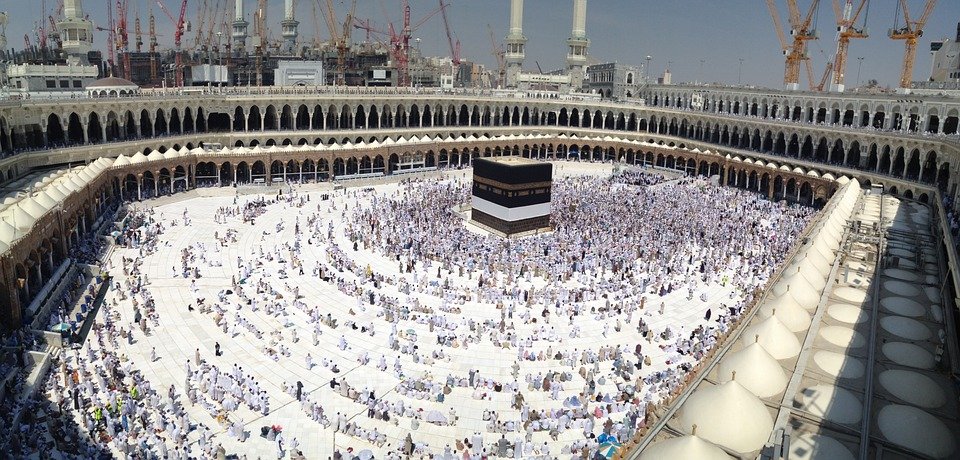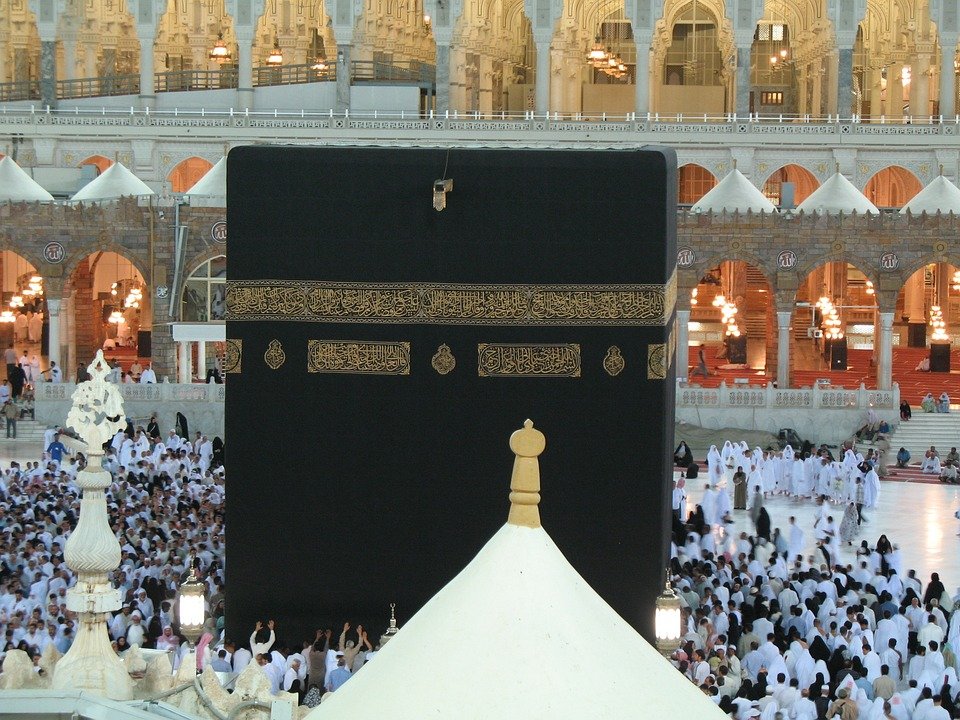In this article, we will explore what animals are sacrificed on Hajj, an essential ritual during this significant Islamic pilgrimage. Understanding the specifics of what animals are sacrificed on Hajj not only enriches your knowledge but also enhances your spiritual experience. I promise you’ll find a proper guide here, detailing the significance of each animal and the rituals surrounding their sacrifice. This guide will help you grasp the profound meanings behind these actions while providing insight into how these practices connect to the broader context of Hajj.
The act of sacrificing animals during Hajj holds great importance and significance in the Islamic faith. It symbolizes obedience, devotion, and a deep connection to tradition, reflecting the values of charity and sacrifice. We take pride in our expertise at Airlinkhajjandumrah.com, where we’ve dedicated the last nine years to understanding the rituals associated with Umrah and the sacred cities of Makkah and Madinah. In my opinion, gaining a deeper insight into what animals are sacrificed on Hajj enhances not just your understanding but also your participation in these cherished rituals.
Understanding Hajj and Its Importance
Hajj is a special pilgrimage that every Muslim must try to make at least once in their life, if they can afford it. This sacred journey takes them to the holy cities of Makkah and Madinah in Saudi Arabia. It’s not just a trip; it’s an experience filled with deep spiritual significance. Each aspect of Hajj teaches important lessons about faith, community, and devotion. During this time, millions of Muslims gather to perform rituals that date back thousands of years.
The act of participating in Hajj brings people from all walks of life together. They may come from different countries, speak various languages, and have unique customs, but during Hajj, everyone shares a common goal. They seek forgiveness and a chance to strengthen their bond with God. This unity, even among such diversity, highlights the essence of Hajj. It serves as a reminder that all Muslims are part of a larger family, united in faith.
The Ritual of Animal Sacrifice
One of the most significant rituals during Hajj is the sacrificial act known as Qurbani or Udhiya. This practice symbolizes the willingness to give up something precious in obedience to God, much like the story of Prophet Ibrahim (Abraham) and his son. In the story, Ibrahim demonstrated unwavering faith when he was prepared to sacrifice his son at God’s command. At the last moment, God provided a ram to sacrifice instead. Thus, sacrificing an animal has become a powerful symbol of faith and obedience.
During Hajj, the sacrifice usually occurs on the 10th day of Dhu al-Hijjah, marking Eid al-Adha. This joyful occasion comes after the intense rituals of Hajj. Families come together to share the bounty, reminding us of gratitude and generosity. The meat from the sacrificed animal is often divided into three parts: one-third for the family, one-third for friends, and one-third for those in need. This act promotes sharing and caring for the less fortunate, aligning perfectly with the spirit of the season.
Common Animals Sacrificed
When it comes to the animals sacrificed during Hajj, there are a few popular options. Commonly, sheep, goats, and cows are chosen. Each animal has its own significance and purpose, helping fulfill the requirements of the ritual. Sheep and goats are often preferred for individual sacrifices, while cows can be sacrificed on behalf of multiple people. This allows families to share the act of giving.
The choice of animal may also vary by region and cultural practices. Some might prefer the sturdiness of a cow, while others might gravitate toward the simplicity of a sheep. Regardless of the choice, the essence remains the same: a heartfelt offering made in devotion and gratitude. The act transcends the mere physical sacrifice, touching upon themes of love, faith, and community solidarity.
Preparing for the Sacrifice
Before the actual sacrifice happens, there is a lot of preparation involved. Each family or individual must ensure the animal is healthy and treated well. Choosing an animal for sacrifice is crucial, as it reflects the respect and seriousness of the ritual. It’s important that these animals are treated with compassion, fulfilling the moral and religious obligations that underline the practice.
Once the right animal is chosen, the preparations take shape. Families often gather together to discuss plans, share stories, and even make the experience joyful for the younger generations. This collective effort creates a sense of community and camaraderie, resonating with the very essence of Hajj. It reminds us that even in a religious duty, there is space for happiness and togetherness.
After the Sacrifice: Sharing the Meat
Once the sacrifice is completed, an important part of the ritual begins: distributing the meat. The act of sharing the sacrificed animal’s meat is as significant as the sacrifice itself. It symbolizes community and charity, reinforcing the values of generosity and compassion. Families usually divide the meat into three portions, ensuring that everyone—friends, family, and the needy—can benefit from this sacred ritual.
This sharing also serves as a reminder of our responsibilities to others. It encourages families to think beyond themselves and to reach out to those facing challenges. By practicing this act of charity, Hajj allows us to strengthen bonds within the community while fostering empathy and support for the less fortunate. This spirit of giving is at the heart of both Eid al-Adha and the Hajj experience.
The Spiritual Significance of Sacrifice
The act of sacrificing an animal during Hajj is not merely a physical task but a profound spiritual experience. It symbolizes profound faith and trust in God’s wisdom. Participants often feel an overwhelming sense of connection to their faith and to the values celebrated during this period. It allows them to reflect on their lives, their choices, and their relationship with the Almighty. The process embodies surrendering one’s desires for the greater good, encouraging personal growth and transformation.
Many pilgrims remark on how the event deepens their understanding of sacrifice in everyday life. Just as Ibrahim was willing to give up his son, believers are encouraged to contemplate what they are willing to sacrifice in their own lives for the sake of their faith. This ritual, steeped in history and tradition, consolidates the spiritual foundation upon which the Hajj pilgrimage stands.
Conclusion: Embracing the Rituals of Hajj
Hajj is an incredible opportunity to reflect on one’s life and faith. The rituals, including the sacrifice, contribute to a rich tapestry of tradition and spirituality that many hold dear. Each part of the process, from choosing an animal to sharing the meat, fosters a deeper understanding of community, compassion, and devotion. It’s not just about fulfilling a religious duty; it’s about connecting with the values and teachings that define one’s belief.
The experience of Hajj is unique and profound, leaving lasting impressions on all who participate. The ritual of animal sacrifice, in particular, embodies the spirit of giving and gratitude essential to this pilgrimage. As we think about these traditions, let’s embrace them not just during Hajj but throughout our lives, reminding ourselves of the power of faith, the importance of community, and the joy of sharing what we have with others.
Mushu, an experienced Saudi Arabia traveler and writer, shares insightful tips and spiritual reflections to enhance Hajj and Umrah journeys for fellow pilgrims. He has been to Makkah and Madina from 2016 to 2023 many times and his posts will reflect this.


